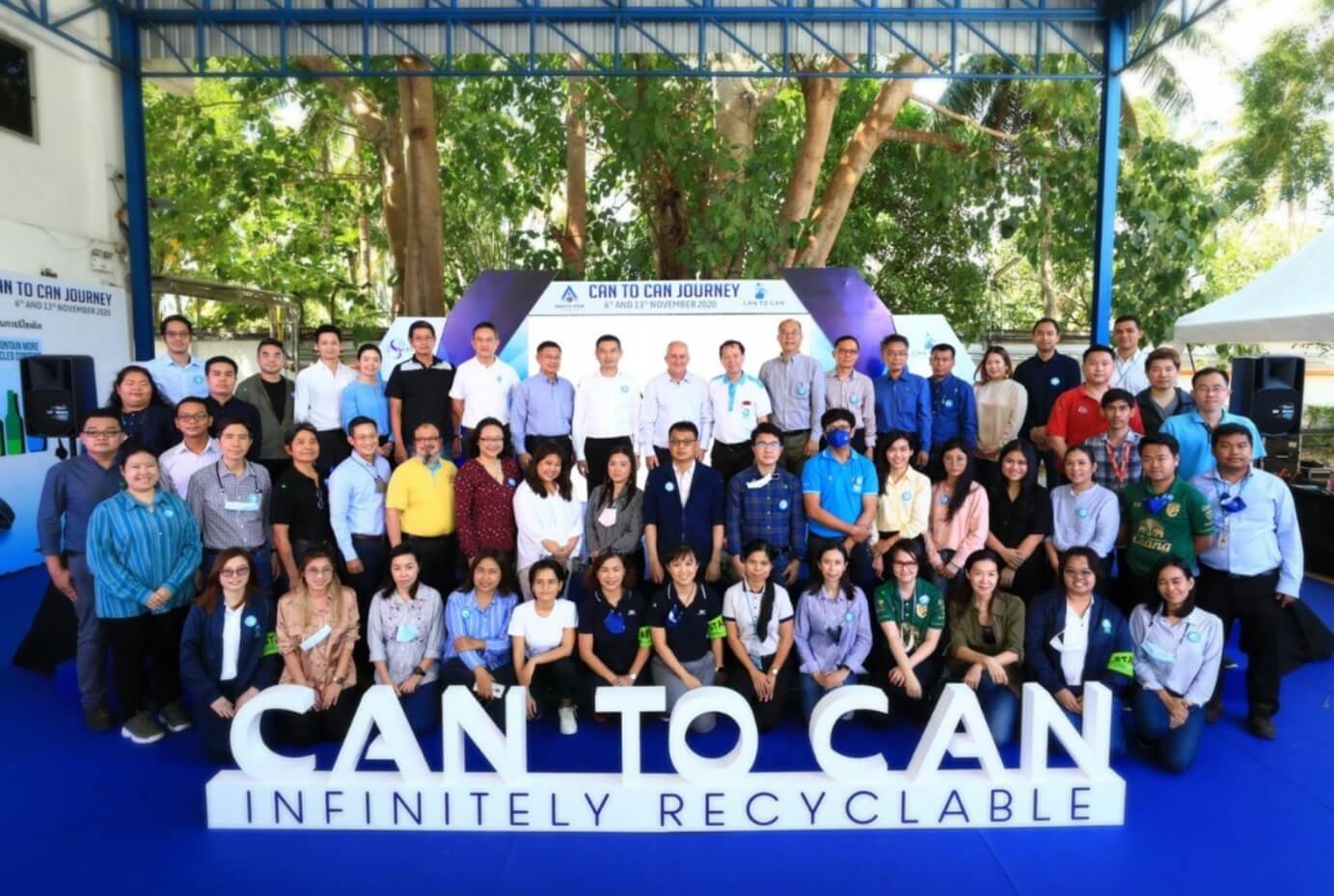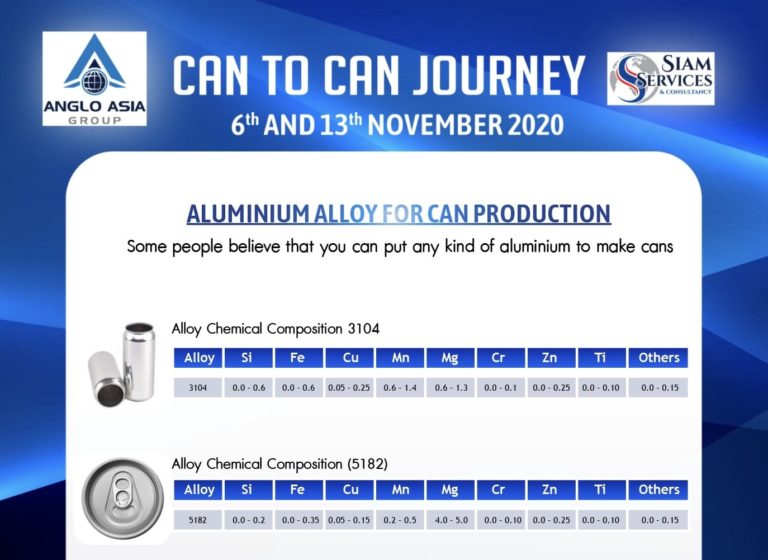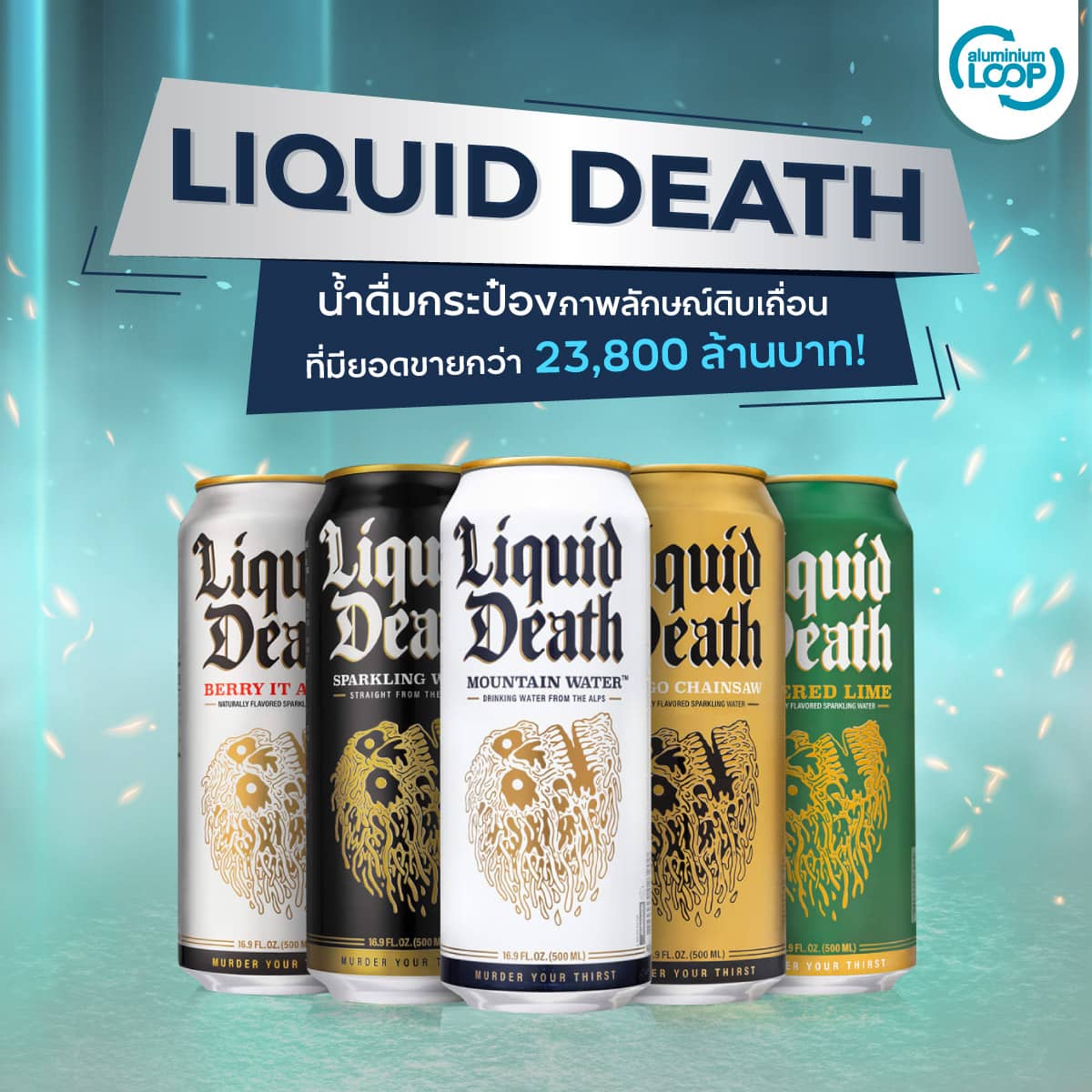
Joining Forces with Recycling Partners for Aluminium Cans
Aligning aluminium cans waste management with the circular economy principles by revitalizing aluminium cans through innovation.

Aluminium cans use aluminium from the 3rd series (Aluminium-Manganese Alloys), which have relatively good strength but not extremely high. They are flexible and ductile, making can shaping easier. This is classified as Aluminium Alloy 3104.
While many might think cans ring (pull tabs) use the same type of aluminium as can bodies. They actually use aluminium from the 5th series (Aluminium-Magnesium Alloys), which are stronger and more brittle, as well as more corrosion-resistant. This ensures the lid maintains its shape and can be easily opened, classified as Aluminium Alloy 5182.
Even though aluminium can be divided into 9 series based on different compositions, all Aluminium Alloys can be recycled the same way. Not just aluminium cans, but all types of aluminium should ideally be recycled back into the same product types to reduce the need for new raw materials.
So, if you have any unused electrical appliances, car parts, or construction materials made of aluminium, including used aluminium drink cans, you can sell them to a scrap dealer. This way, the aluminium can re-enter the recycling process and be reused, which not only helps the planet but can also fetch a good price (read more about aluminium prices at https://aluminiumloop.com/lme-aluminium-price/)
Thanks to additional information from Anglo Asia Group , a recognized aluminium recycling plant with experience and expertise.

Aligning aluminium cans waste management with the circular economy principles by revitalizing aluminium cans through innovation.

Have you ever wondered what happens to trash after you throw it away? Can it be recycled? Let’s follow the journey of recyclable waste together.

Canned water with sales exceeding 20 billion baht. A daring and unconventional brand with an edgy image that has gained widespread acceptance.